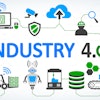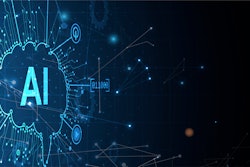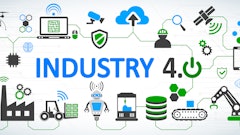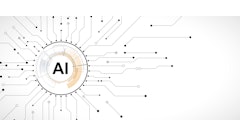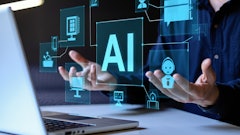
Blue Yonder launched five new AI agent solutions and new Cognitive Solutions to enhance speed and agility in supply chain management.
"With more than 25 billion AI predictions being delivered every day, Blue Yonder is taking supply chains to the next level with our AI agents," says Duncan Angove, CEO, Blue Yonder. “Built on over two decades of AI and machine learning expertise, these AI agents empower businesses to act with machine speed and precision, even in complex situations. These new agents are groundbreaking in their approach and will transform some of the key functions in the supply chain. And they’ve been thoughtfully developed to help reduce waste and costs. They optimize the entire supply chain and enable faster, smarter decision-making. Together with our customers, we are setting new benchmarks for addressing supply chain challenges to move beyond boundaries.”
Key takeaways:
· Blue Yonder’s Cognitive Solutions are more intelligent and precise with AI natively built-in, allowing businesses to autonomously coordinate tasks, decisions and workflows across all parts of their supply chain. These solutions are built on a modern and true cloud architecture, sit on the Blue Yonder Platform and Snowflake AI Data Cloud, have access to a multi-enterprise network, and offer end-to-end interoperability and unified decisioning. The Cognitive Solutions also offer reimagined experiences for users through innovative uses of predictive, generative and agentic AI.
· Cognitive Solutions support supply chain teams by expediting routine tasks, helping solve problems, and analyzing complex data quickly.
· Blue Yonder’s new AI agents, built in collaboration with customers, enable businesses to see, analyze, decide, and act with machine speed and precision.
- Inventory Ops Agent: Planners can match supply with demand by guiding attention to mismatches, exceptions, and systemic issues. The agent rapidly diagnoses root causes — from material or capacity constraints to parameter or configuration errors — and recommends actionable solutions like alternate sourcing, expediting, or demand swaps. It also highlights necessary plan adjustments based on real-time conditions and communicates changes to ensure downstream alignment.
- Shelf Ops Agent: Planners can rapidly perform at-scale planogram edits with simple, natural-language interactions. Actions such as swapping a product with another in many planograms, updating planograms in a project, analyzing performance, and creating custom reports can now be performed with a few instructions, boosting user productivity.
- Logistics Ops Agent: Helps logistics teams monitor conditions and recommend route changes to prevent delivery disruptions, as well as automate appointment scheduling changes to speed execution. It also identifies ways to optimize transport costs, on-time deliveries and emissions.
- Warehouse Ops Agent: Empowers warehouse leaders to drive consistent performance every day. By intelligently coordinating highly interdependent tasks, the agent enables faster, more confident decision-making. It dynamically reallocates labor in response to shifting priorities, optimizes warehouse layouts based on predictive demand and supply insights, identifies outbound risks early to prevent delays, streamlines trailer docking and unloading according to content urgency and staffing levels, and proactively mitigates risks associated with on time in full (OTIF) compliance. The result is greater agility, higher throughput, and improved service reliability — delivered seamlessly at scale.
- Network Ops Agent: Customers can effectively monitor supply chain operations across the multi-enterprise network, proactively manage disruptions, and optimize inbound supply and logistics by automating order confirmations, stockout resolutions, carrier assignments, predictive ETA updates, container prioritizations, appointment re-scheduling and performance analysis. This allows businesses to pivot quickly to avoid delays, ensuring that raw materials, components and finished goods arrive on time, in full at low cost. Users can have multi-modal interactions with the agent to gain real-time insights and collaboratively orchestrate problem resolutions.



